Cloud computing, in simple terms, is computation done via the internet. It allows users to access database resources through the internet without worrying about the management or maintenance of actual resources. Google Apps is a prime example of cloud computing; any application can be accessed through the browser and deployed on hundreds and thousands of computers.
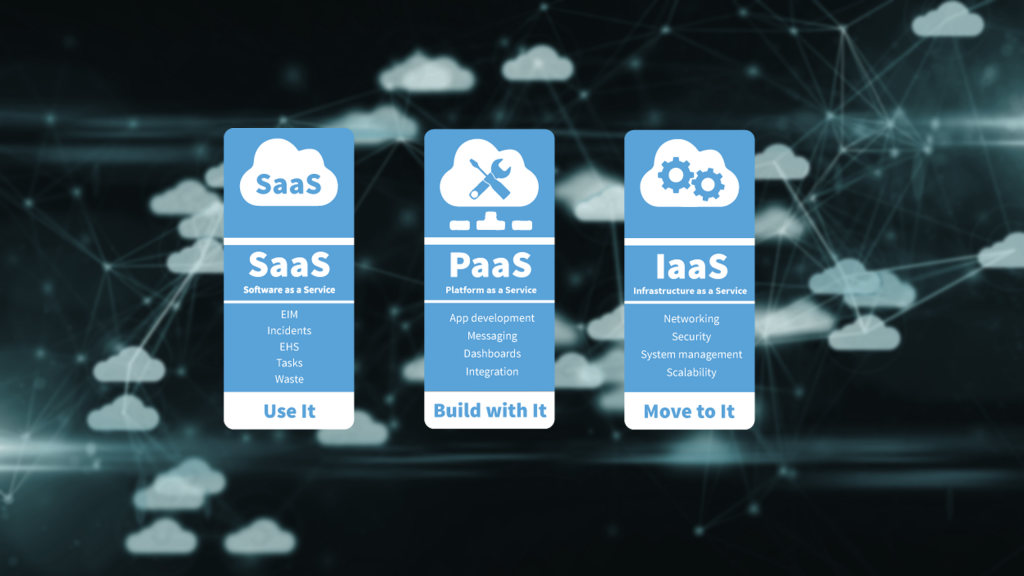
No discussion about cloud computing is complete without talking about SaaS, PaaS, and IaaS, the service delivery models. This article explores each one of them.
What is SaaS?
SaaS, or Software as a Service, is a cloud computing model where applications are hosted as a service provided to customers through the internet. By removing the need for the user to install and run an application on their own computer, it is a cost-efficient way for businesses to get the same benefits as commercial software. From CRM to web scraping software, everything is available on SaaS. If you are looking for web scraping tools, you can find many that use Python or R to web scrape.
SaaS can alleviate the burden of software maintenance and support. It is believed that SaaS is going to have a significant impact on the software industry as it will change the way people build, sell, buy, and use the software.
Also Read: Buzz About Bitcoin and The Blockchain Technology!
What is PaaS?
PaaS, or Platform as a Service, is the cloud computing model which offers developers the tools and resources to build an application. In the PaaS model, developers can rent everything they need to build an application, including tools, operating systems, and infrastructure.
This model provides a framework of resources for the in-house developers of an organization. The service provider manages the data center resources that support the tools. Organizations using PaaS do not need to manage their operating systems but must manage their applications and data use.
What is IaaS?
IaaS, or Infrastructure as a Service, is mostly used by companies that want to outsource their computer resources and data centers to a service provider. This cloud computing model provides infrastructure components such as servers, networking hardware, storage, and virtualization resources. Organizations using IaaS must, however, manage their data use, applications, and operating systems.
How are SaaS, PaaS, and IaaS evolving?
In this technology-driven world, all organizations need to embrace cloud computing as it drives digitization and digital transformation. It is the time of Industry 4.0, the Industrial Revolution, that combines digitization and digital transformation.
SaaS may have an interesting history of over 40 years, but it has not lost its relevance. According to Gartner, SaaS is the largest cloud computing market segment and is expected to reach $122 billion by the end of 2021. In the future, we can expect AI capabilities to be paired with SaaS, boosting its core characteristics. We can also expect the use of machine learning to automate responsiveness and data analytics for accelerated digital transformation. Businesses must understand that SaaS is not going to slow down in the years to come. It will continue to see high demand as innovation is the need of the hour, and niche companies need tools to navigate their unique challenges.
In the future, we can expect a vast majority of web applications to eventually run on PaaS platforms. However, the shift may be slower because finding the perfect PaaS platform takes time and effort. Also, there is a loss of control over software and hardware, causing many IT professionals to resist the change.
As per Gartner, IaaS is expected to see the highest growth, growing by 38.5% in 2021. The IaaS market is growing exponentially, and there is no slowing down. With tech giants like Amazon, Google, Microsoft, and IBM investing in the IaaS market, the future looks very bright.
Also Read: How Can a Website Builder Ease up the Life of an Entrepreneur?
Conclusion
Cloud computing is more than two decades old. The global pandemic caused exponential growth of the cloud computing market. Cloud computing and service delivery models such as SaaS, PaaS, and IaaS are going to make a big jump leading to flourishing businesses.
Content contributed by Christof Leitner
Christoph is a code-loving father of two beautiful children. He is a full-stack developer and a committed team member at Zenscrape.com – a subsidiary of saas.industries. When he isn’t building software, Christoph can be found spending time with his family or training for his next marathon.
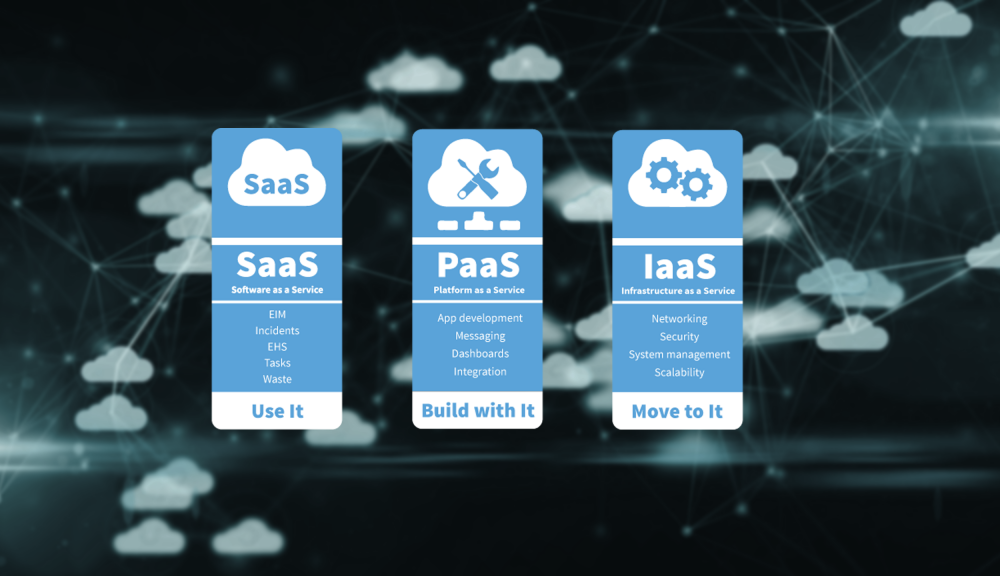
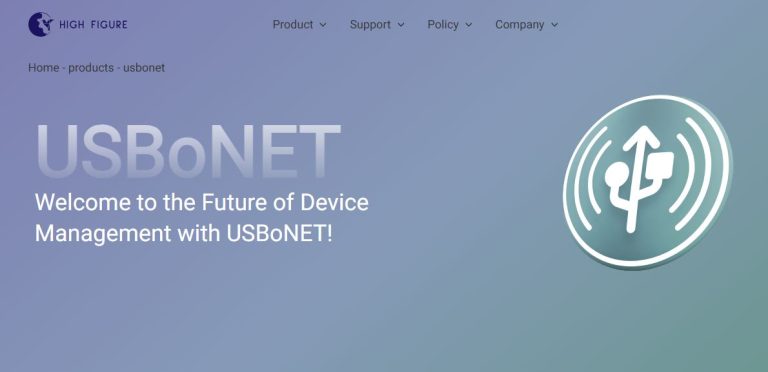
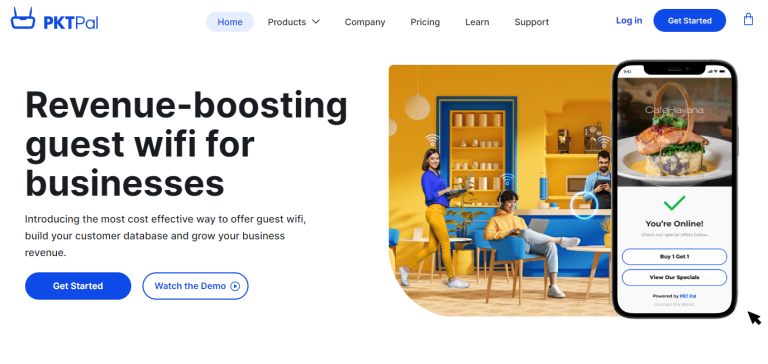




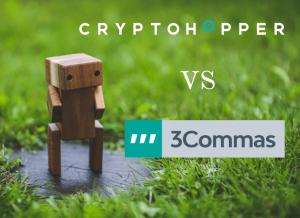






+ There are no comments
Add yours